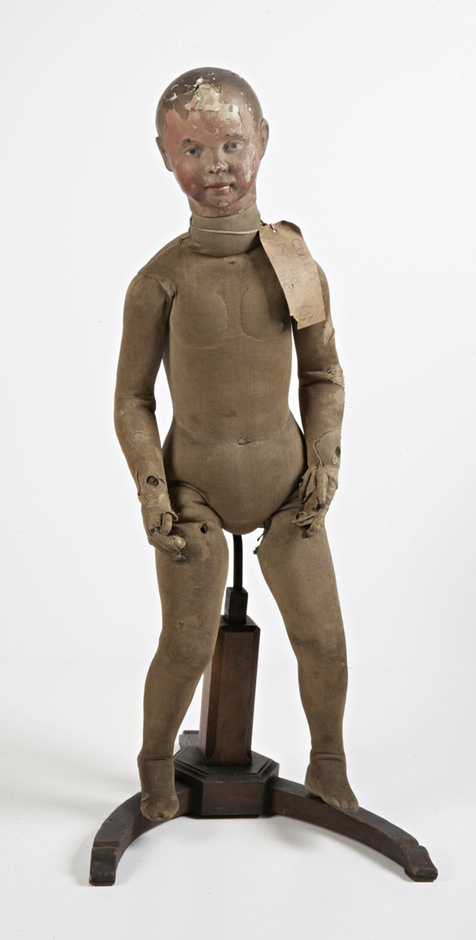It’s been a museum-y month! Over the last little while I’ve written up trips to the V&A, the British Museum and the Fitzwilliam Museum. Now it’s time for the British Library! This past weekend I went with my wife to see Terror and Wonder: the Gothic Imagination at the BL.
In one of my many intellectual-odd-job roles, I tutor kids doing GCSE English, and this year I’ve got several doing units on the Gothic genre, so now I feel extra informed. I don’t know that I have as much to say about the content of the exhibit as I have about some of the more historical things I go to, other than that I really enjoyed it. I had reservations about the comics exhibit in May, although on balance I thought it was good, but the contrast here is sharp: the BL nails this one down pretty hard.
Partly I think this may be because literature literature is more the BL’s speed, because the early history of the Gothic is a much more British affair (so the gaping US-shaped hole in the comics exhibit isn’t present) and partly because the resources the BL can bring to bear are so great. For instance, they jump on The Castle of Otranto (250 years old this year) with both feet, with tons of items from Horace Walpole’s home and library, including John Dee’s mirror.
The organisation is chronological, starting with Walpole and ending with Hellraiser, even more recent stuff and a photo exhibit about Whitby. Along the way, there are lots of cool little sub-displays, like showing all seven of the “horrid novels” recommended in Northanger Abbey together, or a thing on folk horror, or a look at the sensational crime reporting that went alongside the shift of Gothic horror to urban environments in the later 19th century. Speaking of incredible resources, this latter topic includes things like the Dear Boss letter:
And I mean these guys have got the lot: there’s a Lovecraft letter in there, just by way of illustrating how important “The Willows” is. There are cartoons, sketches, posters, letters, videos, recordings, paintings, black-letter tomes about the historical Dracula, production art, comics, newspapers — tons of stuff covering not just the literature but its social context.
https://dailymotion.com/video/x2294ag
This video is not in the exhibit, but I jotted down the title, which is a good one.
I mean, a museum exhibit is not a place where you go to get the full in-depth history of something. But one thing it can do really well is show you the juxtapositions, the connections between things, the trends shaping over time. The explanatory stuff didn’t talk about this at all, for instance, but just looking at the cartoons and so on you can see this trend developing of people taking the piss out of Gothic as a genre kind of because it’s so popular with women. You can see the same thing happen with other genres all around us.
So yeah. I liked it so much I’m going back in December. It’s got a lot of good stuff in it and if, like me, you know a bit about the genre but not an enormous amount it’s very informative. I wrote a ton of stuff about it in my notes and then I ran out of the patience to talk about each individual thing.
Anyway, speaking of horror, the Drivethru Halloween Sale is on until October 31st. During that time, you can get my bleak little early medieval horror ebook for a mere £1.25. Tomorrow I will hopefully be talking about pirates. And comic books. Aw yeah, serious historian over here.



























